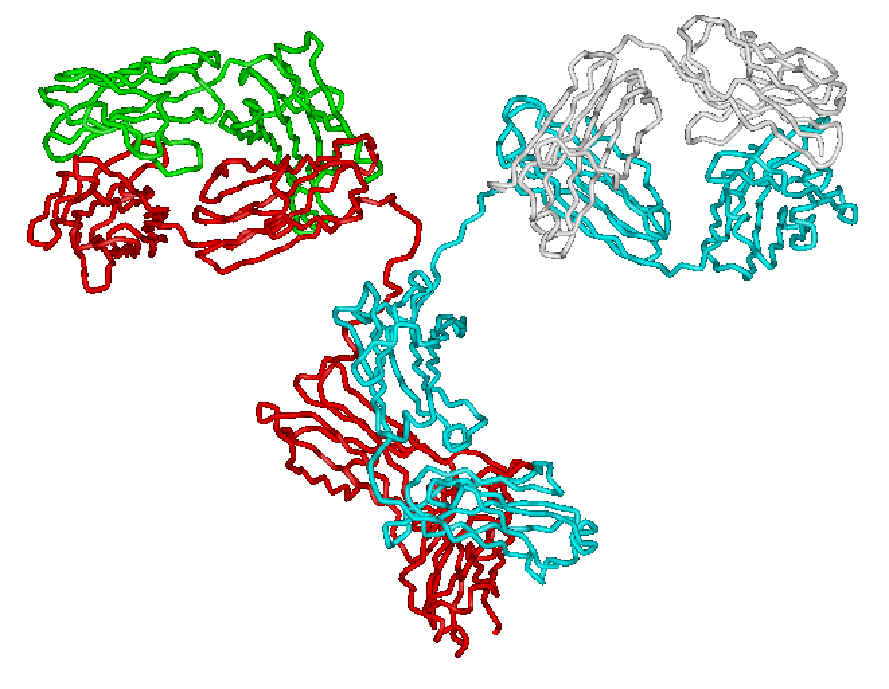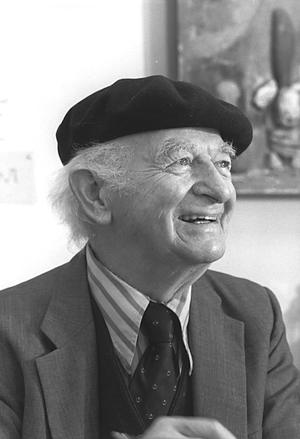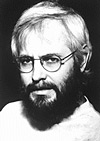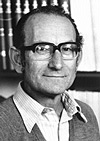|
"If complementarity between the active site and the transition state contributes significantly to enzymatic catalysis, it should be possible to synthesize an enzyme by constructing such an active site. One way to do this is to prepare an antibody to a haptenic group which resembles the transition state of a given reaction. The combining sites of such antibodies should be complementary to the transition state and should cause an acceleration by forcing bound substrates to resemble the transition state." William p. Jencks, Catalysis in Chemistry and Enzymology, 1969, p.288
Catalytic antibodies are currently the most successfull enzyme mimics.a They are proteins raised by the immune system against transition state analogues of the reaction of interest.
|
|
An antibody is a large, homodimeric protein, produced by the lymph cells of the immune system. Each antibody molecule bears two identical binding sites, consisting of six b-loops. Antibodies recognize their antigens with high affinity and extreme selectivity. |
|
In 1940 Linus Pauling suggested the idea that enzyme catalysis is due to a selective recognition of the transition state. In the same year he published also the first paper on the structure of an antibody, and he discussed first the mechanism of recognition in immunocomplexes. In order to catalyze a reaction an enzyme must recognize the transition state in a selective way, i.e. it must stabilize it better than the substrate.
Click here to see the reaction paths for the uncatalyzed and enzyme-catalyzed processes |
Linus Carl Pauling (1901 - 1994), Nobel Prize |
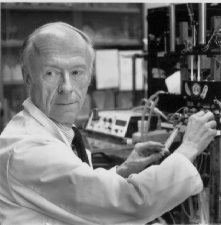 |
Following the fundamental principles of Pauling, in 1969 W. P. Jencks proposed that an antibody raised against a transition state analogue could catalyze a reaction. In 1979 K÷hler and Milstein described a method to obtain monoclonal hybridoma cells, producing homogeneous preparations of a single antibody. This discover opened the way also to antibody catalysis.
Georges J. F. K÷hler (1946 - 1995) and CÚsar Milstein, Nobel Prize in Physiology and Medicine in 1984. |
|
In 1986 the first catalytic antibodies were independently described by Lerner's group at Scripps, and by Schultz's group at Berkeley. Phosphonic esters, classical inhibitors of hydrolases, were used to raise hydrolytic antibodies. At the beginning of the new millennium, antibody catalysis reach the end of its infancy: more than one hundred of antibodies have been described, catalyzing a wide range of reactions, from hydrolysis of esters, carbonates and activated amides to stereoselective carbon-carbon bond formation, prodrug activation and detoxification in vivo. b |
